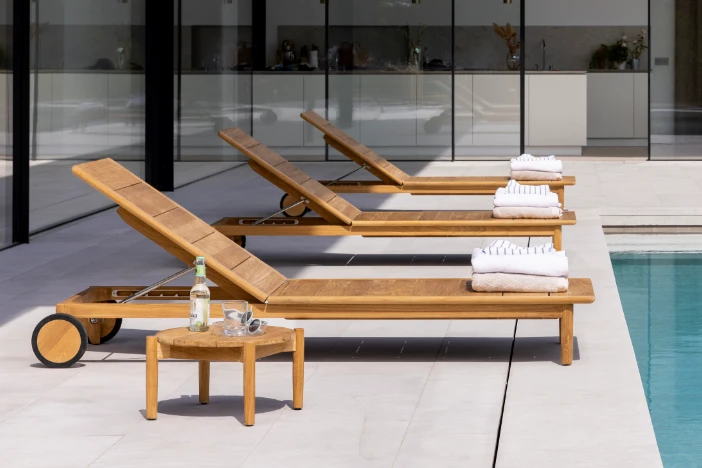
Wood has been a popular raw material for furniture for millennia. It has a natural beauty, is generally easy to work with and provides a sturdy framework for tables, chairs, benches and other furnishings.
However, not all woods are created equal when it comes to outdoor usage. In this section of our comprehensive guide, we explore which kind of wood is best for patio furniture use and explore the pros and cons of the materials.
What type of wood for outdoor furniture is best?
When it comes to wood material, you are faced with two choices: softwood and hardwood.
Many softwoods, such as pressure-treated pine, cedar and fir are inexpensive and widely used for indoor furnishings, but do not stand up well to the elements and need constant protection when not in use. Pressure-treated woods are no more water-resistant than their untreated forms.
Hardwoods, on the other hand, are much heartier, resist weather damage and can last decades if treated properly. Typically, water-resistant woods are inherently dense and rich in oil. On the downside, they are often more difficult to shape and are typically more expensive than softwoods. But, there are major differences between hardwoods too.
Let us take a closer look at the best types of hardwood for deck furniture.
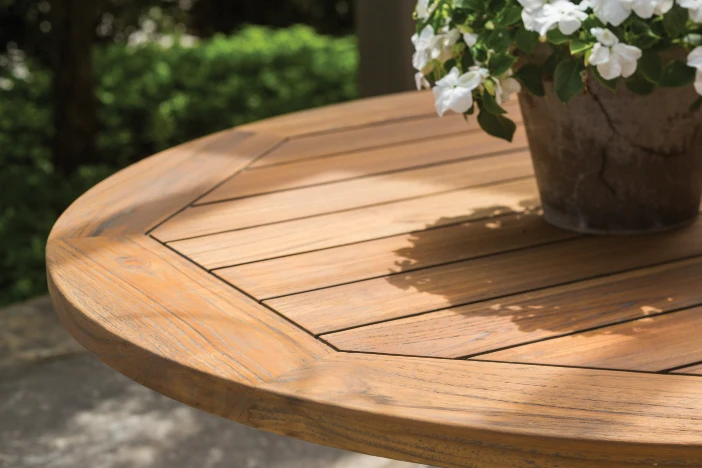
Teak
Is teak good for outdoor furniture? The answer is a resounding yes.
Teak is easily the most popular wood choice for outdoor furniture. This species of wood has many characteristics that make it ideally suited for outdoor applications.
First, it is incredibly strong and doesn’t warp, crack or become brittle like many kinds of wood. This is because teak repels most water and does not expand or contract in the drying process.
Second, it has a high natural oil content, which makes it highly resistant to damage from rot, decay and insects. This durability against the elements enables teak to last the longest – up to fifty years!
Its gorgeous honey-brown color can be maintained with minimal oiling, or it can patina into an attractive silver-gray over time, if left untreated. Most patio furniture brands have at least a few pieces made from this handsome wood. Scandinavian manufacturers like Gloster and Skargaarden embrace teak’s natural beauty and utilize its inherent strength to design artistic graceful collections of outdoor lounge and dining furniture.
Teak furniture is also relatively easy to care for and can be cleaned with mild soap and water.
PROS
- Durable
- Strong
- Resistant to weather, decay & insects
- No cracking or warping
- Easy to care for
CONS
- High price due to limited availability and high demand
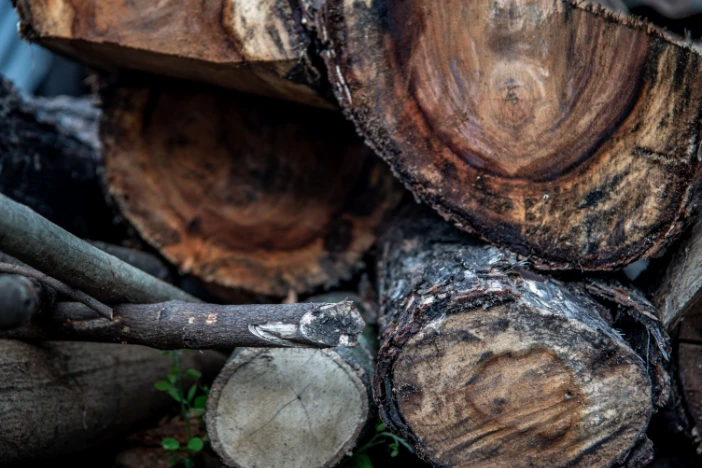
Shorea
This reddish-gold Southeast Asian material is one of the few hardwoods that is stronger and heavier than teak. Exposure to heat actually improves its strength (modus of rupture) and flexibility (modus of elasticity) [Noh & Ahmad 2017].
Harvesting shorea (a.k.a. meranti) is highly regulated to ensure that it is sustainable, like many of the other hardwoods. It also has a high oil content that protects it against insects, minimizes rotting and minimizes weather damage.
Like teak, shorea becomes a silver-gray patina if it is not oiled regularly and lasts up to fifty years. However, it has a much lower price. The only major drawback for shorea is that, due in part to public unfamiliarity, few retailers sell it.
PROS
- Strength
- Weather-resistant
- Insect-resistant
- Eco-friendly
- Cost-effective versus teak
CONS
- Limited commercial availability
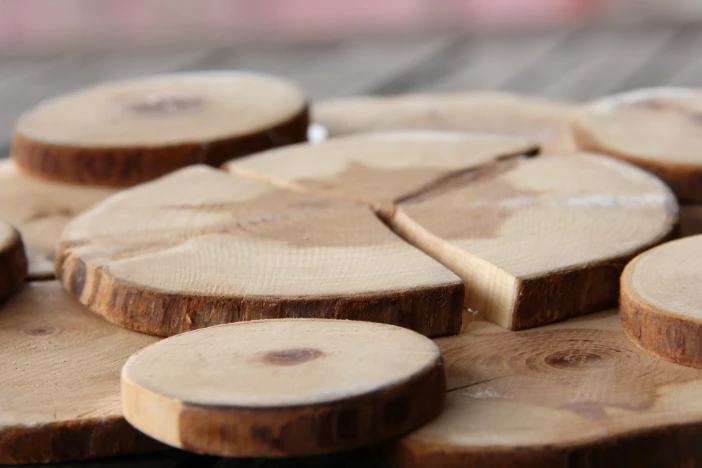
Eucalyptus
How does eucalyptus wood hold up outdoors?
This strong Australian hardwood is fast-growing, lasts a long time and offers significant cost savings versus teak. This makes it a great option for those looking for more affordable outdoor wood furniture.
Its naturally washed appearance has a rustic appeal, which will develop into a silver patina unless oiled regularly. It is weather and rot resistant and its oil acts as a natural insecticide. However, a sealant is recommended to improve the resistance of eucalyptus to pests and minimize the negative impact of uneven moisture retention.
PROS
- Durable
- Insect and rot-resistant
- Eco-friendly sustainable growth
- Cost-effective
CONS
- Susceptible to marine and pinhole borers
- Vulnerable to cracking if untreated with a sealant
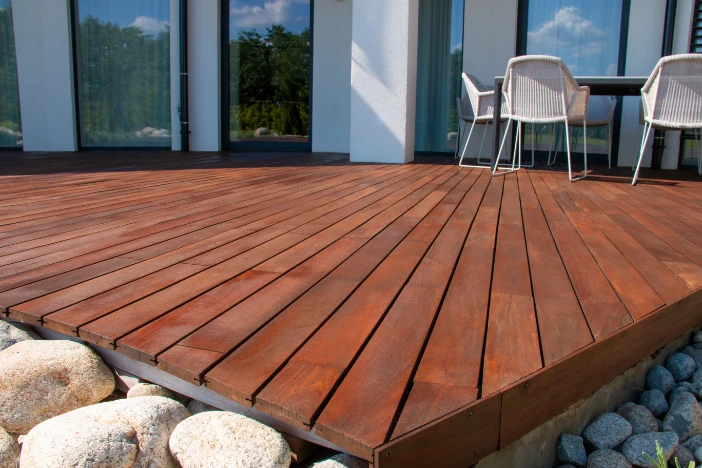
Ipe
Central and South American ipe (a.k.a. ironwood), unlike many of its hardwood counterparts, has a deep rich colored grain that fades slower when exposed to weathering [Jankowska, Reder, Gołofit 2017].
It has a high natural oil content, which helps it resist insects, decomposition and various forms of fungi. Its hard, dense structure fortifies it against physical damage such as denting, warping and cracking. Ipe wood is good for outdoor furniture and can last up to forty years, but it requires much preparation when cut and glued together.
PROS
- Durable
- Strong
- Resistant to pests and fungi
CONS
- Difficult to work with
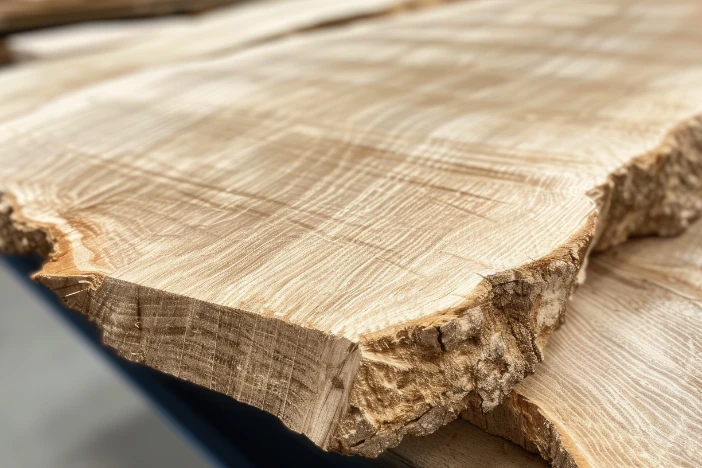
White Oak
This abundant wood is stronger and harder than most and lasts for decades. It has long been used to build boats, due to its structural ability to repel water, which also helps it resist rot.
However, it doesn’t possess much oil and needs paint or a sealant to retain its durability. Over time, untreated white oak develops an attractive gray patina.
PROS
- Strong
- Water-proof
- Rot-resistant
CONS
- Low oil content
Other hardwoods
There are several other hardwoods that share some of the positive qualities of teak at a much lower price point. However, they also have drawbacks relative to the hardwoods mentioned above:
- Reddish-brown acacia (a.k.a. locust) is readily available but is more likely to warp or crack than shorea or eucalyptus.
- Roble is scarce, lightweight and lasts half as long as teak.
- African iroko is very hard to work with, easily splinters and blunts woodworking tools.
- Mahogany has a beautiful reddish tint, but is coarse, requires a lot of maintenance and doesn’t handle rot as well as teak.
Wood – A timeless and durable material
Wood furniture adds a touch of timeless elegance to any outdoor space. With its durability, resistance and natural beauty, wood can elevate your patio or deck for years to come.
While teak may be on the pricier side, it stands out as the best all-around option for its exceptional weather resistance and minimal maintenance requirements. When choosing wood furniture, consider the trade-offs between cost, maintenance and desired aesthetic to find the perfect fit for your outdoor oasis.
Keep reading our next chapter to learn if metals like steel are good for deck furniture.
References
- Noh, N. I. F. M., & Ahmad, Z. (2017, November). Heat treatment on keruing and light red meranti: The effect of heat exposure at different levels of temperature on bending strength properties. In IOP Conference Series: Materials Science and Engineering (Vol. 271, No. 1, p. 012060). IOP Publishing.
- Jankowska, A., Reder, M., & Gołofit, T. (2017). COMPARATIVE STUDY OF WOOD COLOR STABILITY USING ACCELERATED WEATHERING PROCESS AND INFRARED SPECTROSCOPY. WOOD RESEARCH, 62(4), 549-556.

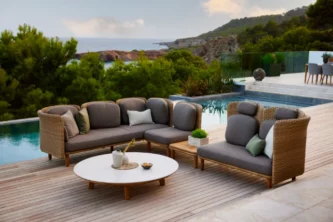
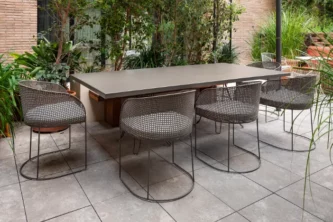
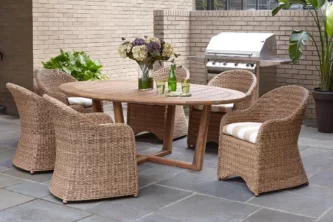
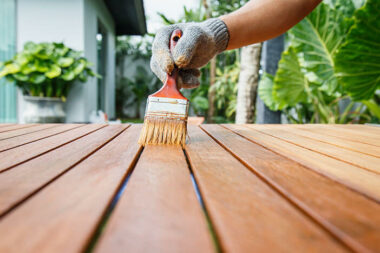
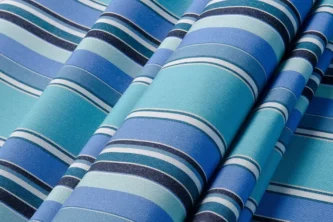
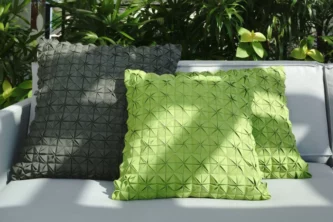
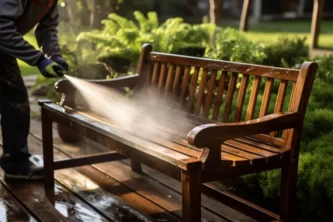




Leave a Reply